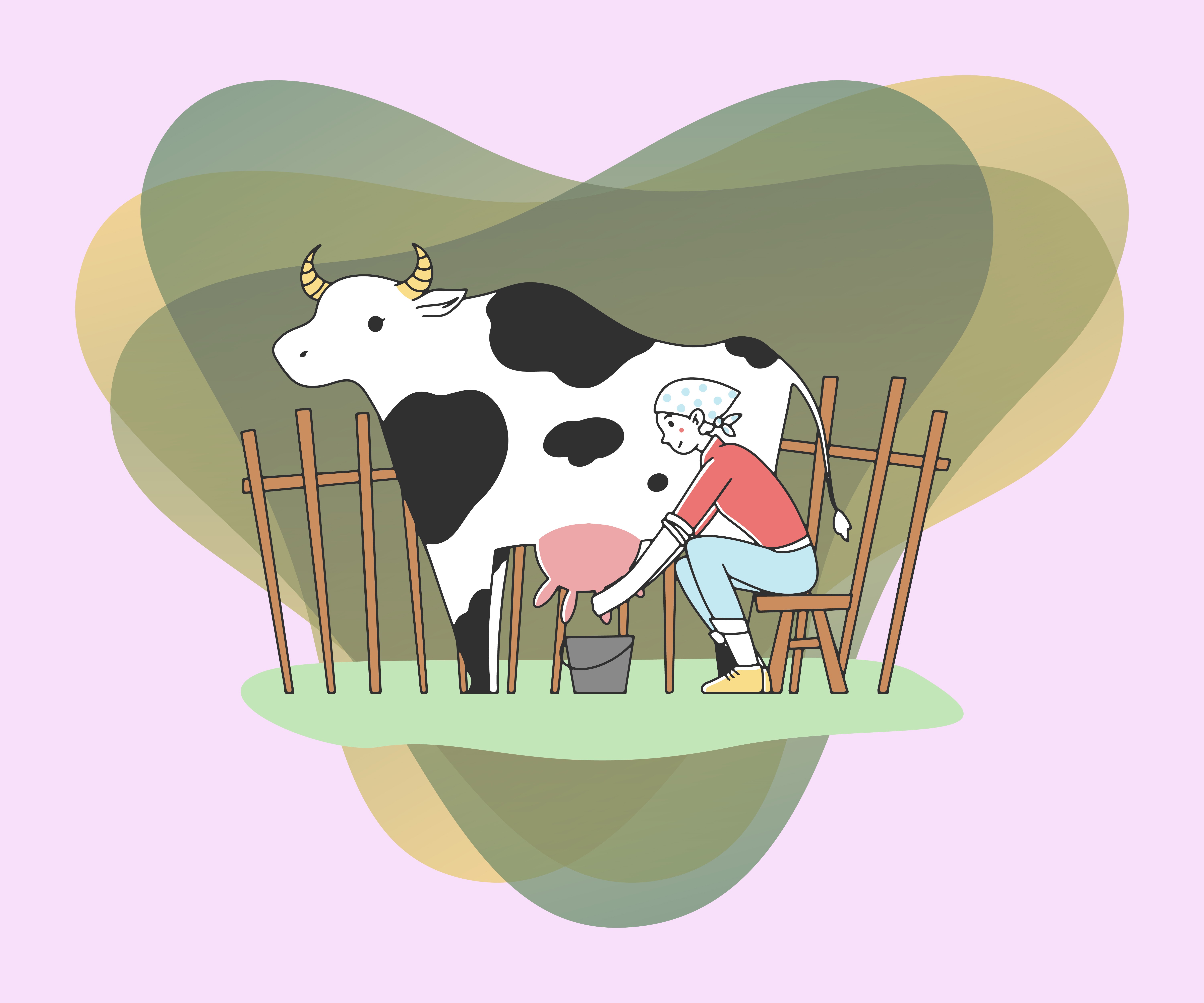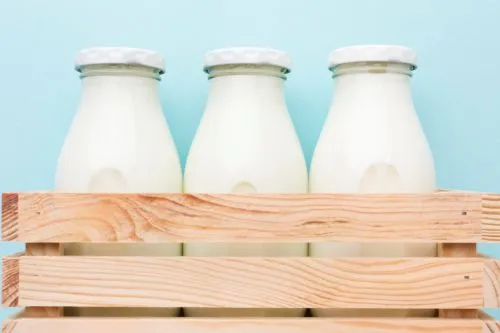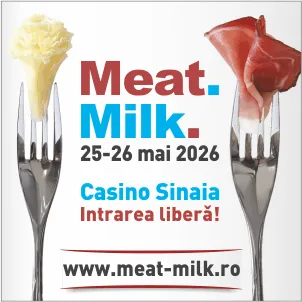968

Romania's Dairy Sector: Between Tradition, Innovation, and Market Pressures
Romania’s dairy sector reflects a transition toward more efficient production models, while still preserving certain traditional values. The milk market remains one of the most important branches of local agriculture, encompassing both large-scale farms and a significant number of small producers.
In recent years, processors have had to adapt to the decline in small farms, as well as to changing consumer preferences for healthier, more transparent products. Labels like “milk from local farms,” “unpasteurized milk,” or “artisan dairy products” have gained traction even in modern retail chains.
Investments in automated processing and quality standards have increased significantly, especially under the influence of European food safety legislation. At the same time, the competition between local brands and imported dairy products remains a constant challenge, pushing many producers to optimize costs and differentiate their offerings.
The Romanian dairy market continues to balance tradition and innovation, offering opportunities for both large farms and artisanal producers.
Romania produces approximately 4.4 million tons of milk annually, according to the Ministry of Agriculture (MADR), with about 1.1 million tons collected by industrial processors. The dairy product market registered an average annual growth rate of 5% between 2021–2023, driven by rising interest in premium, organic, and lactose-free products.
Local processors have accelerated the adoption of modern technologies, with over 65% of large factories being certified IFS or ISO 22000. Process automation and investments in sustainable packaging are becoming critical factors for maintaining competitiveness.
An emerging trend is the development of functional products, such as probiotic yogurts and vitamin- or mineral-enriched milk. According to Eurostat, this segment has grown by over 18% in Romania over the past three years, reflecting the preferences of a health-conscious consumer base.
Additionally, the digitalization of supply and logistics processes—through the implementation of QR codes and blockchain traceability—is gradually being adopted by the dairy industry. These technologies provide consumers with comprehensive product origin and quality information, and offer processors an efficient method for managing food safety risks.
(Photo: Pexels)




